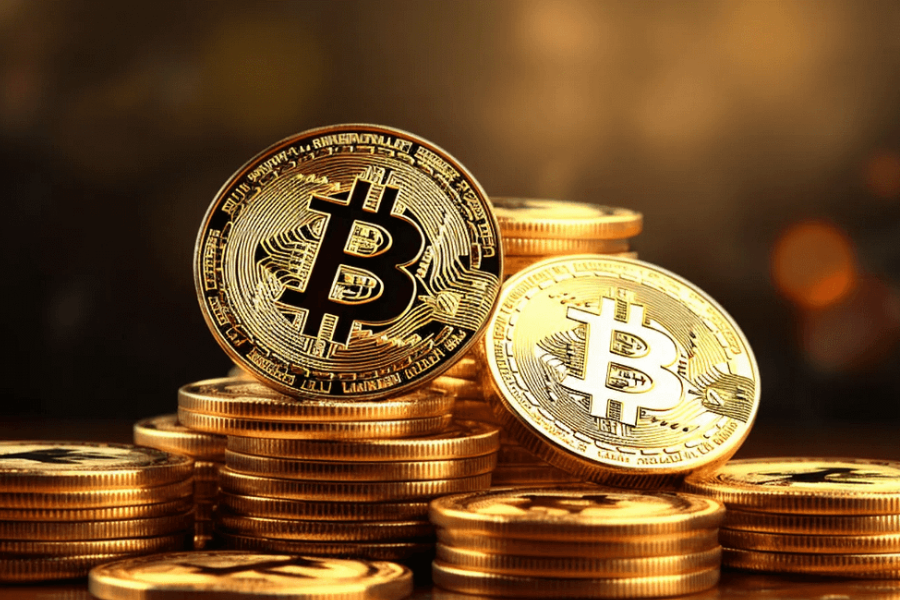Cryptocurrency news
As of June 2022, around 549 trillion SHIB were in circulation. There were 1 quadrillion SHIB tokens in existence at launch, but 50% of that was sent to Vitalik Buterin, who burned most of it and donated the rest japan travel hacks.
In keeping with the dog theme, the aforementioned Shiba Inu woof paper uses canine terms to describe how returns can be generated from one’s Shiba Inu tokens. On ShibaSwap, these tokens can be used to ”dig” (provide liquidity), ”bury” (stake tokens), and even ”fetch” (exchange one token for another). Tokens used in these strategies generate ”Woof” returns in the form of Bone tokens that are distributed to token pools known as ”Puppy Pools,” according to the woof paper.
Working both for and against SHIB is its 1 quadrillion token supply. However, investors enjoy seeing that they own huge numbers of a token, as opposed to Bitcoin, where owning even one whole coin is impossible for many.
© 2025 Fair market value prices are updated every minute and are provided by Polygon.io. Other market data provided is at least 10-minutes delayed and hosted by Barchart Solutions. Information is provided ’as-is’ and solely for informational purposes, not for trading purposes or advice, and is delayed. To see all exchange delays and terms of use please see Barchart’s disclaimer.
Because Shiba Inu is an Ethereum-based ERC-20 token, it was created on and hosted by the Ethereum blockchain instead of its own blockchain. Ryoshi stated in the paper that they chose to build the Shiba Inu ecosystem on Ethereum because it was already secure and well-established, and it allowed the project to stay decentralized.
Cryptocurrency
This is what makes blockchain transactions secure and nearly impossible to alter. Tens of thousands of computers must verify a single transaction or entry. If there’s a disagreement among computers, the transaction will be voided.
The term ”physical bitcoin” is used in the finance industry when investment funds that hold crypto purchased from crypto exchanges put their crypto holdings in a specialised bank called a ”custodian”.
In March 2021, South Korea implemented new legislation to strengthen their oversight of digital assets. This legislation requires all digital asset managers, providers and exchanges to be registered with the Korea Financial Intelligence Unit in order to operate in South Korea. Registering with this unit requires that all exchanges are certified by the Information Security Management System and that they ensure all customers have real name bank accounts. It also requires that the CEO and board members of the exchanges have not been convicted of any crimes and that the exchange holds sufficient levels of deposit insurance to cover losses arising from hacks.

This is what makes blockchain transactions secure and nearly impossible to alter. Tens of thousands of computers must verify a single transaction or entry. If there’s a disagreement among computers, the transaction will be voided.
The term ”physical bitcoin” is used in the finance industry when investment funds that hold crypto purchased from crypto exchanges put their crypto holdings in a specialised bank called a ”custodian”.
Cryptocurrency bitcoin price
Bitcoin’s total supply is limited by its software and will never exceed 21,000,000 coins. New coins are created during the process known as “mining”: as transactions are relayed across the network, they get picked up by miners and packaged into blocks, which are in turn protected by complex cryptographic calculations.
Bitcoin’s source code repository on GitHub lists more than 750 contributors, with some of the key ones being Wladimir J. van der Laan, Marco Falke, Pieter Wuille, Gavin Andresen, Jonas Schnelli and others.
Furthermore, some who defend Bitcoin argue that the gold and banking sector — individually — consume twice the amount of energy as Bitcoin, making the criticism of Bitcoin’s energy consumption a nonstarter. Moreover, the energy consumption of Bitcoin can easily be tracked and traced, which the same cannot be said of the other two sectors. Those who defend Bitcoin also note that the complex validation process creates a more secure transaction system, which justifies the energy usage.

Bitcoin’s total supply is limited by its software and will never exceed 21,000,000 coins. New coins are created during the process known as “mining”: as transactions are relayed across the network, they get picked up by miners and packaged into blocks, which are in turn protected by complex cryptographic calculations.
Bitcoin’s source code repository on GitHub lists more than 750 contributors, with some of the key ones being Wladimir J. van der Laan, Marco Falke, Pieter Wuille, Gavin Andresen, Jonas Schnelli and others.
Furthermore, some who defend Bitcoin argue that the gold and banking sector — individually — consume twice the amount of energy as Bitcoin, making the criticism of Bitcoin’s energy consumption a nonstarter. Moreover, the energy consumption of Bitcoin can easily be tracked and traced, which the same cannot be said of the other two sectors. Those who defend Bitcoin also note that the complex validation process creates a more secure transaction system, which justifies the energy usage.